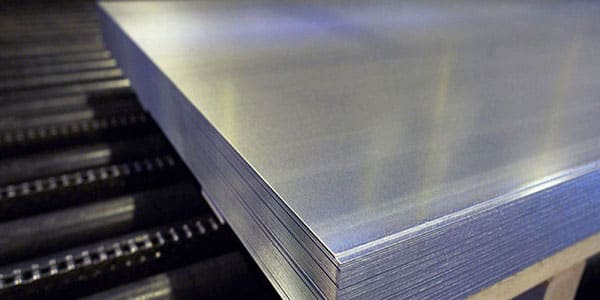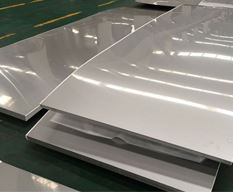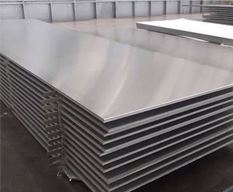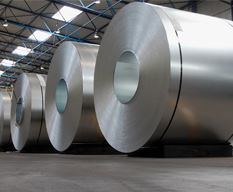Duplex F55 Sheet ,Plate,coils Manufacturer, Supplier and Exporter in India
Duplex F55 Sheet ,Plate,coils, Duplex F55 Sheet ,Plate,coils Manufacturer, Duplex F55 Sheet ,Plate,coils Supplier and Exporter, Duplex F55 Sheet ,Plate,coils Exporter
The sheets, plates, and coils made from Duplex F55 are widely used in sectors such as oil and gas, petrochemical processing, offshore drilling, marine, pulp & paper, desalination plants, and chemical processing units. Their ability to withstand pitting, crevice corrosion, and stress corrosion cracking (SCC) in chloride-rich environments makes them a preferred choice over standard duplex and austenitic grades. Moreover, the high mechanical strength of F55 allows for thinner wall construction, which leads to material and weight savings in structural designs.
(also known as UNS S32760 or Super Duplex F55) are highly advanced stainless steel products known for their superior strength, corrosion resistance, and performance in extreme environments. These materials are manufactured with a dual-phase microstructure consisting of both austenite and ferrite, which gives them enhanced mechanical and corrosion-resistant properties compared to conventional stainless steels. F55 is classified under ASTM A240 specifications and is especially popular in industries that demand resilience against harsh chemicals, high pressure, and seawater conditions.

Duplex F55 has a chemical composition that includes approximately 24–26% Chromium, 6–8% Nickel, 3–4% Molybdenum, and additions of Copper, Tungsten, and Nitrogen. This composition results in a PREN (Pitting Resistance Equivalent Number) greater than 40, which indicates outstanding resistance to localized corrosion. The mechanical properties are equally impressive, with a typical yield strength of 550–720 MPa and tensile strength ranging from 750–895 MPa. Elongation is usually around 25%, and hardness remains within safe limits for cold forming and welding.
Duplex F55, also known as UNS S32760, is a highly corrosion-resistant duplex stainless steel that combines the benefits of both austenitic and ferritic stainless steels. It contains a balanced chemical composition of chromium (24–26%), nickel (6–8%), molybdenum (3–4%), and copper (0.5–1%), along with nitrogen to enhance strength and corrosion resistance. The alloy is specifically engineered to perform in aggressive environments, such as chloride-containing conditions, where conventional stainless steels often fail.



